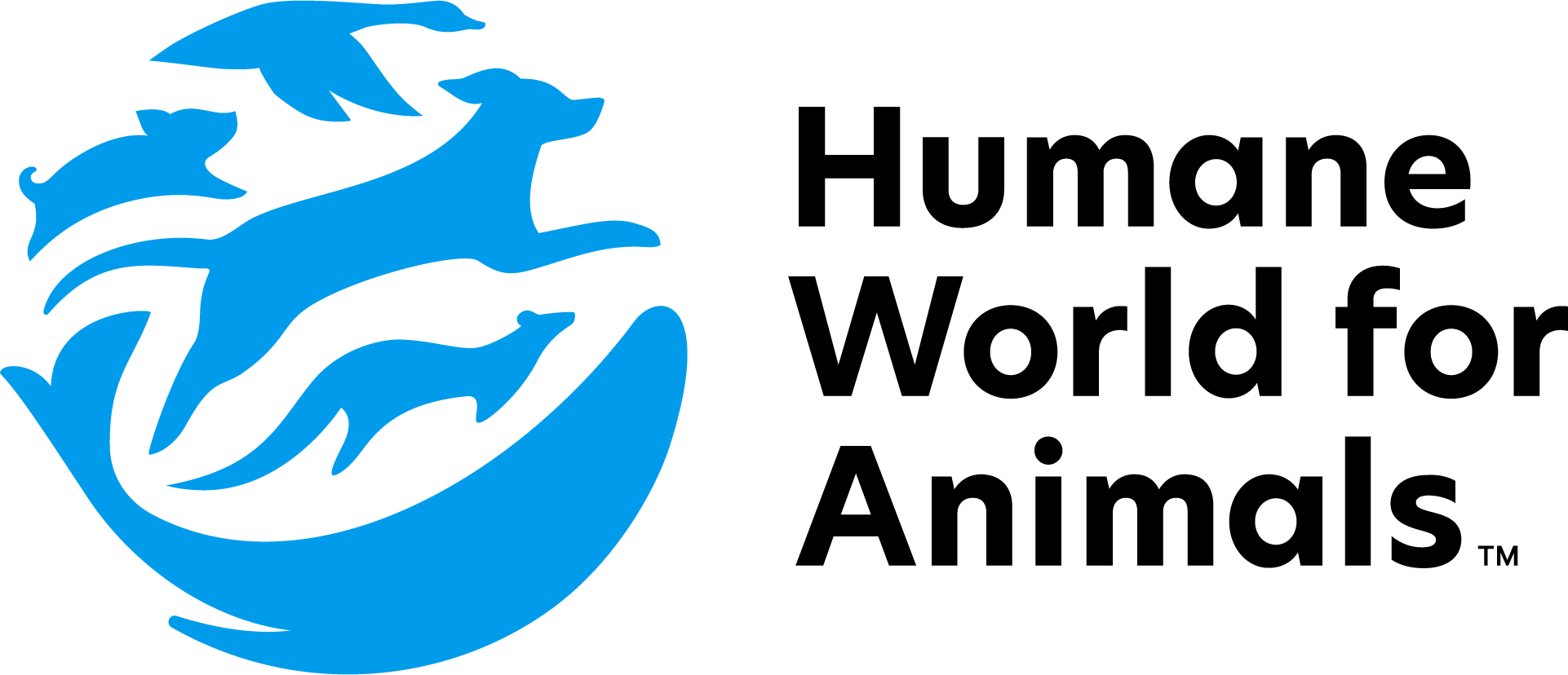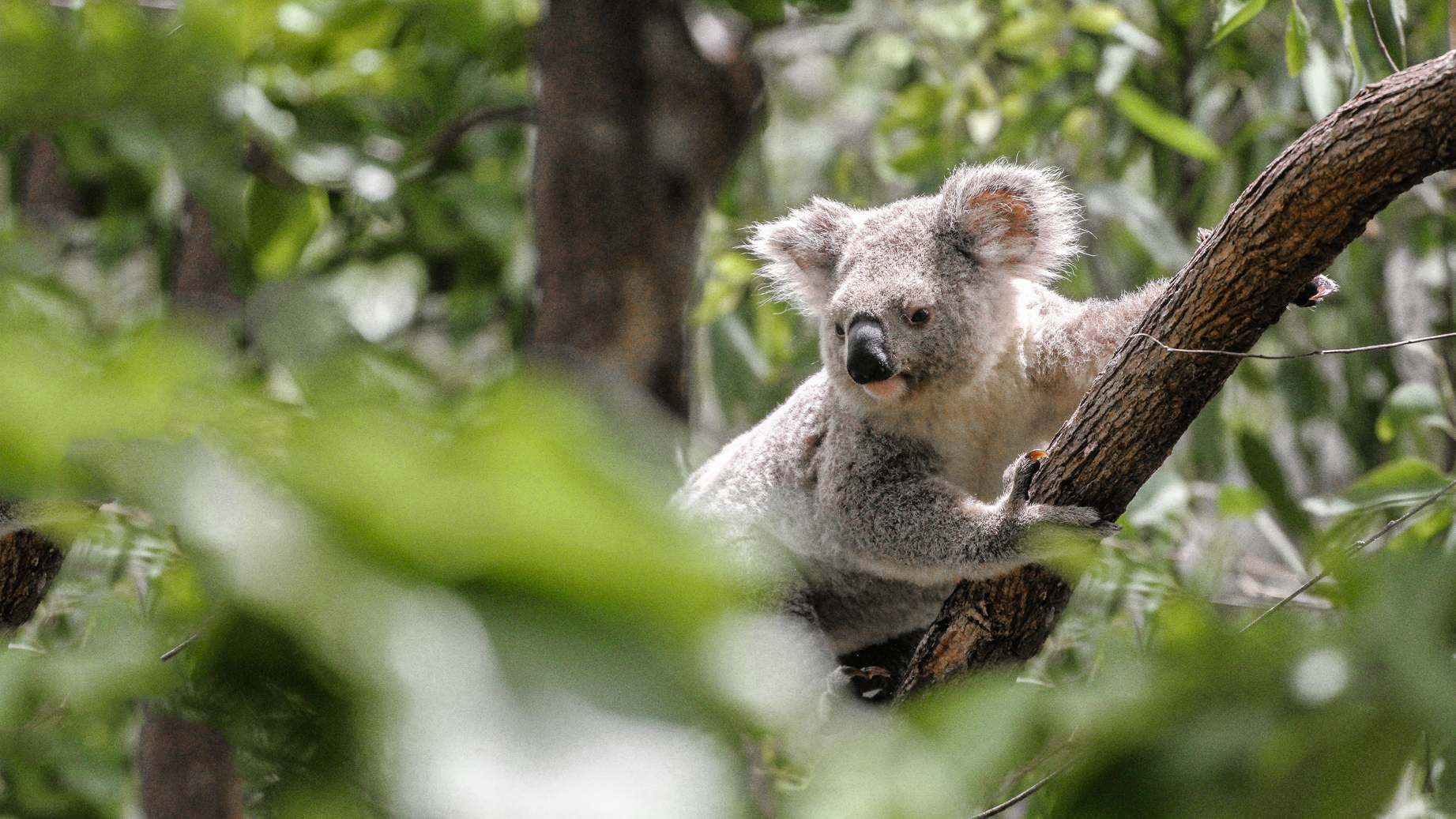Australia is home to four native species of flying-foxes (grey-headed, black, little red and spectacled), all of which play vital roles in pollination and seed dispersal. Sadly, flying-fox populations are in rapid decline, with some species now listed as vulnerable or endangered. These magnificent creaturesare increasingly under threat due to climate change, habitat...
Australia once ‘rode on the sheep’s back’. But it’s not their back we’re worried about.
It’s an oft-used phrase: ‘If you knew where it came from, would you eat it/touch it/buy it…?’
Because of Australian wool, we can add one more: ‘wear it?’
Australia’s wool production—and its development of the Merino sheep—is legendary. Clipper ships and windjammers ploughing the trade routes taking Australia’s fleece to global markets and funnelling wealth back into the country, are as quintessential as the moleskin-wearing Aussie shearers cutting wool away with hand shears.
But with the development of the wrinkly Merino—a breed largely unsuited to the hot, humid conditions of Australia—came a horrible scourge on our sheep: flystrike.
The warm, moist folds of skin around a sheep’s hindquarters proved an ideal place for flies to lay their eggs. So, in the 1920s, when farmer John Mules accidently sliced away part of a sheep’s hindquarters and found flies wouldn’t lay their eggs on the smooth scar tissue that formed, the shears took on a new sinister use. ‘Mulesing’ became the accepted cruel practice of ‘doing business.’

The name ‘mulesing’ also hides the painful truth, so the newer ‘live lamb cutting’ is gaining traction as a more descriptive term for the cruel practice.
But times are changing. So horrendous is live lamb cutting that it is now banned in many countries and only practiced in one – Australia. And increasingly more people want to know why.
Many brands now refuse to use live lamb cut wool, and many consumers refuse to wear wool sourced from ‘cut’ sheep. Global markets are turning their backs on Australian wool, and many wool growers are finding alternative ways to protect their sheep from flystrike, such as breeding less wrinkly Merinos that are naturally less susceptible to flystrike.
But it’s not enough. While times may be changing, the cruel practice of live lamb cutting remains Australia’s norm. Most of Australia’s wool (approx. 75%) sold at auction still comes from live lamb cut sheep, while thirty per cent of the wool sold at auction is not declared. And pain relief is not a legal requirement across most of Australia. That which is given, is sprayed onto the raw wound after the sheep is cut, with no protection from pain during the brutal procedure.
Without government intervention, the practice continues unabated. It means a staggering 10 million lambs—only several weeks old—are subjected to this mutilation in Australia every year.
It’s worth noting the hypocrisy: if someone did this to their pet dog, they would be faced with animal cruelty charges. Rightly so! Yet, when industry and economics are involved, we seem to turn a blind eye.
But it’s time to open our eyes wide and take a good look at the accepted practices that keep our shops and wardrobes stocked with winter warmers.
And we need to ask ourselves the question, ‘If we know what truly goes into the making of our woollen products, would we, should we, buy it?’
What you can do.
Australia’s relationship with sheep is cultural, but it need not be cruel.
If you choose to wear wool, then please check the Better Wool Guide. You’ll find the brands that refuse to use live lamb cut (mulesed) wool or have committed to phase it out. They’ve made that ethical choice, so you can too.
Help us by calling on all of Australia’s agriculture ministers to support an urgent update of Australian Sheep Standards and phase out live lamb cutting (mulesing)


